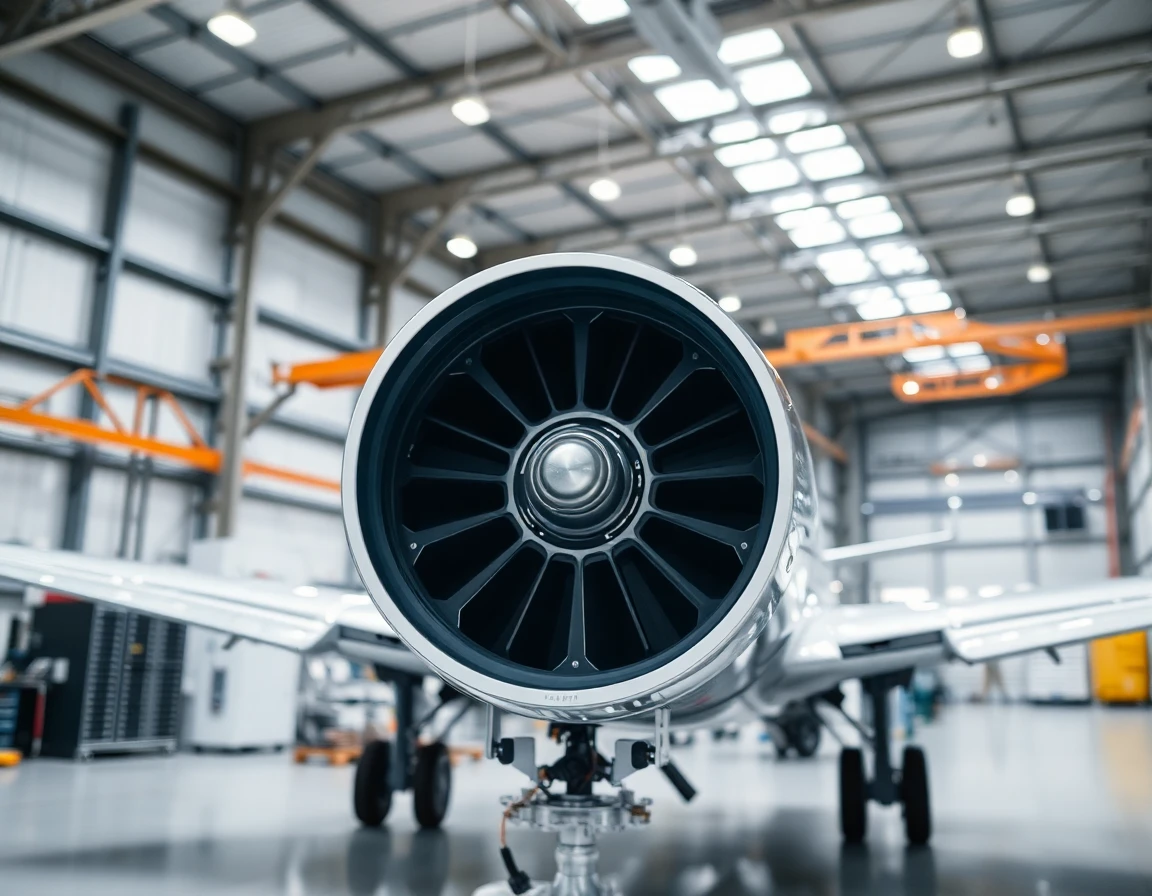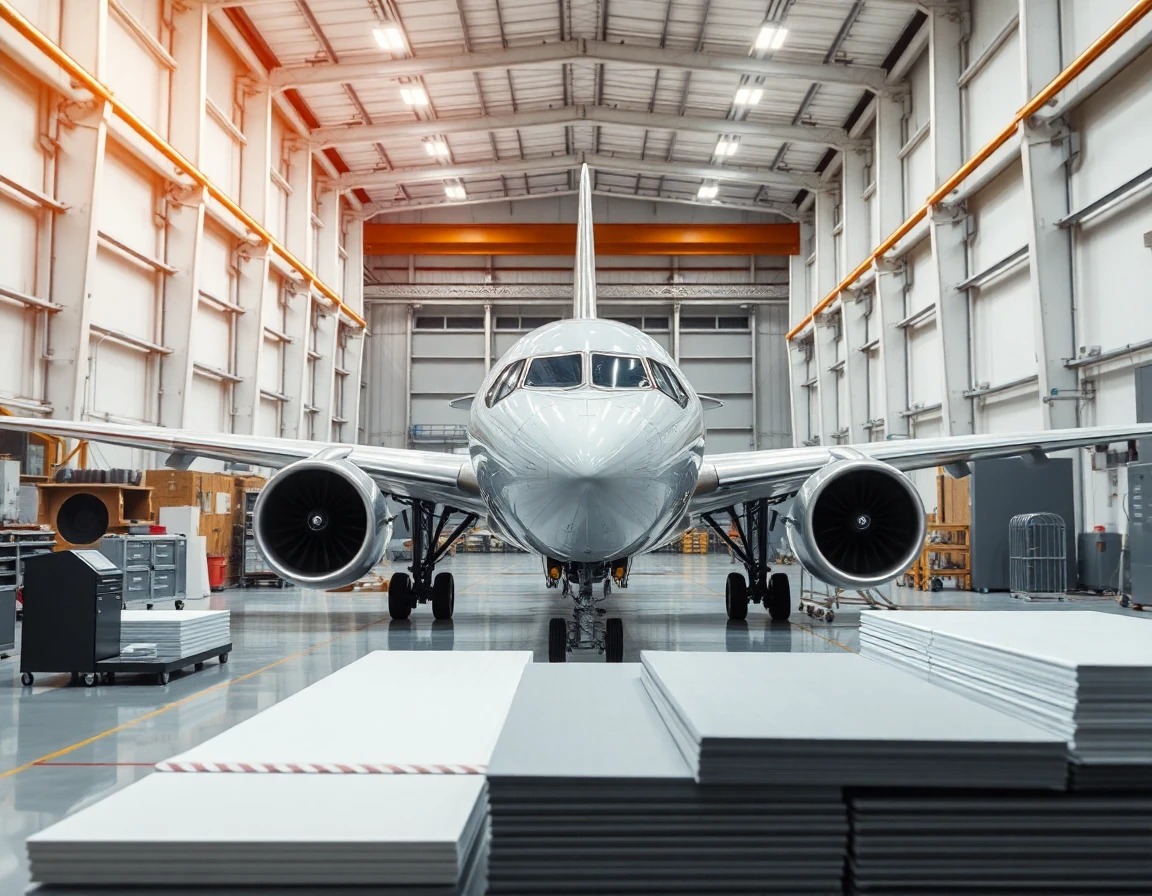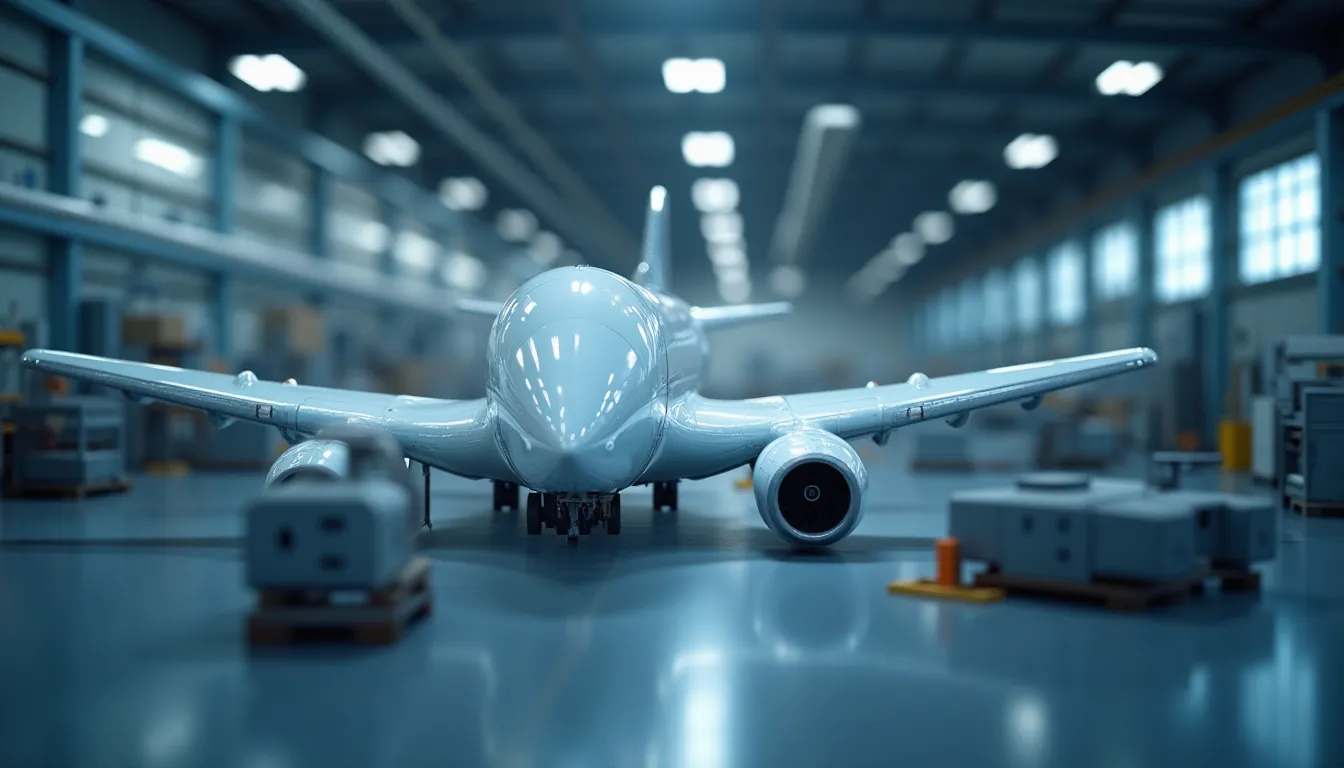The aerospace industry stands at the forefront of material innovation, leveraging advanced aerospace materials and cutting-edge manufacturing techniques to enhance performance and efficiency. As the demand for more robust, lightweight, and fuel-efficient aircraft increases, aerospace engineers and manufacturers are turning to revolutionary materials that promise to redefine the capabilities of air travel.
The Shift Towards Advanced Aerospace Materials
Traditionally, aerospace materials primarily included aluminum and titanium alloys. However, the industry is now experiencing a significant shift towards composite materials, particularly carbon fiber reinforced polymers (CFRPs) and advanced metallic alloys. These materials offer several advantages, including reduced weight, increased strength, and improved resistance to environmental factors.
Carbon Fiber Reinforced Polymers
CFRPs have become a staple in modern aerospace applications due to their outstanding strength-to-weight ratio. According to Dr. Emily Chen, a materials scientist at Aerospace Innovations Inc., “CFRPs not only reduce the overall weight of aircraft but also enhance fuel efficiency by allowing for more aerodynamic designs.”
Moreover, the introduction of thermoplastic CFRPs is enabling manufacturers to utilize advanced automated manufacturing processes, such as automated tape laying (ATL) and automated fiber placement (AFP), which significantly decrease production times and costs.
Advanced Metallic Alloys
In addition to composites, new metallic alloys, such as titanium aluminides and superalloys, are gaining traction in aerospace applications. These materials withstand higher temperatures and exhibit superior fatigue resistance, making them ideal for engine components and thermal management systems. As Dr. James R. Smith, an aerospace engineer at Global Aviation Technologies, notes, “The evolution of metallic materials is critical in meeting the demands of next-generation jet engines.”
Innovative Manufacturing Techniques
The integration of new materials goes hand-in-hand with revolutionary manufacturing techniques. Techniques such as additive manufacturing (3D printing) are transforming the way aerospace components are produced. This approach allows for the creation of complex geometries that are often impossible to achieve using traditional subtractive manufacturing methods.
Additive Manufacturing and Its Impact
Additive manufacturing enables the production of lightweight components with reduced material waste. For example, the Boeing 787 Dreamliner incorporates 3D printed parts, which not only cut down on weight but also reduce the number of individual parts that need assembly. This innovation is essential in enhancing the overall efficiency of aircraft production.
Integrated Sensing Technologies
Furthermore, the integration of advanced sensing technologies into aerospace materials is gaining momentum. For instance, the use of high-precision fiber optic sensing coils in aerospace applications allows for enhanced monitoring of structural integrity in real-time. These systems can detect stress and strain in materials, providing critical data to engineers and ensuring safety during flight operations.
The Future of Aerospace Materials
The future of aerospace materials looks promising, with ongoing research and development focused on bio-inspired materials and nanomaterials. Innovations in these areas could lead to the creation of materials that not only mimic the properties of natural structures but also provide unparalleled performance characteristics.
Environmental Considerations
As the industry moves towards sustainability, the development of recyclable and environmentally friendly aerospace materials will become increasingly important. Companies are already exploring bio-based composites and other sustainable options that can reduce the environmental impact of aviation manufacturing.
Conclusion
The transformation of aerospace materials and manufacturing techniques is a testament to the industry’s commitment to innovation and efficiency. As advanced materials continue to evolve, they will play a pivotal role in shaping the future of aerospace technology. By embracing these innovations, the aerospace sector can not only meet the growing demands for performance and efficiency but also pave the way for a more sustainable future in aviation. As we look ahead, it is clear that the integration of advanced aerospace materials will be key to achieving the ambitious goals of the aerospace industry.



